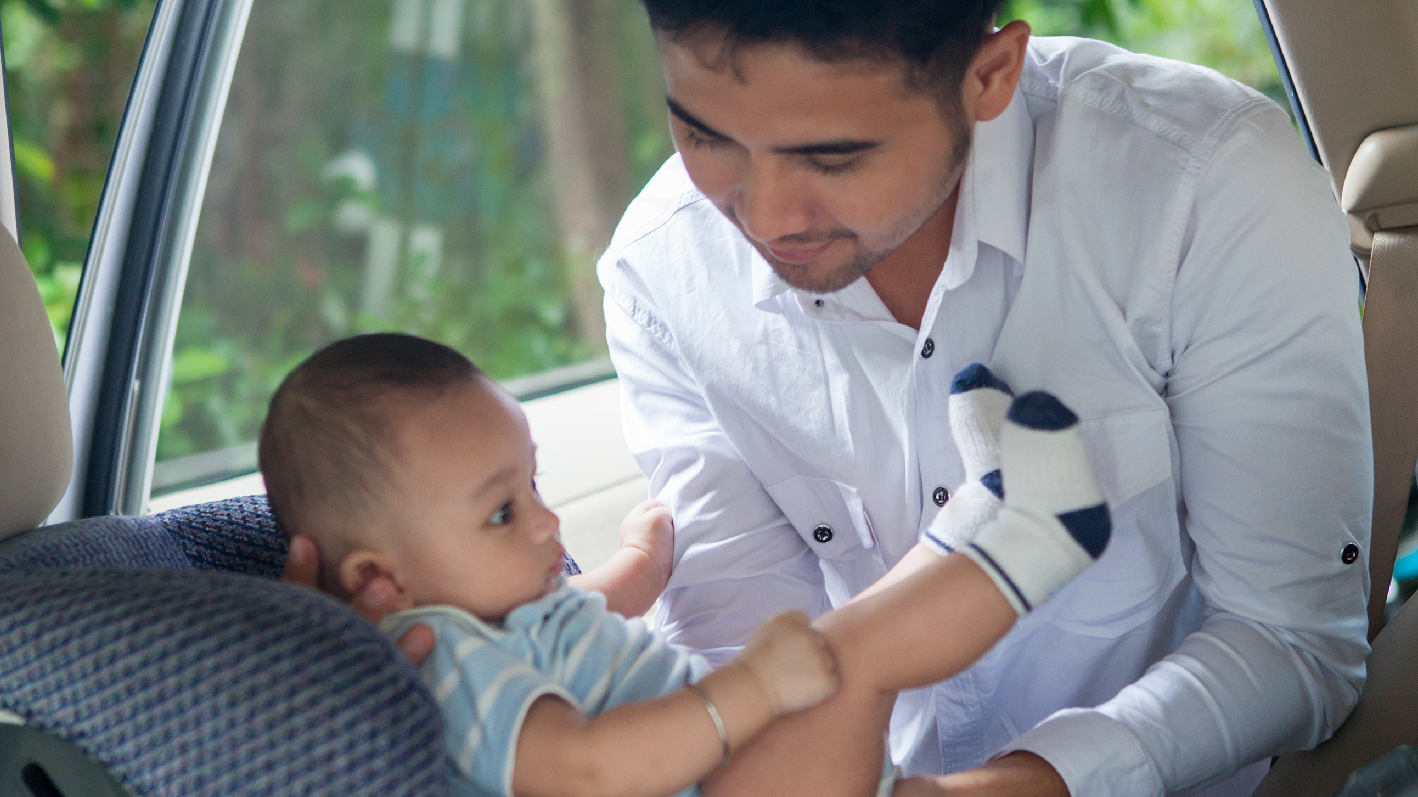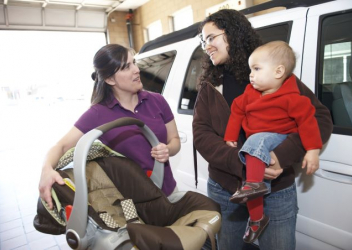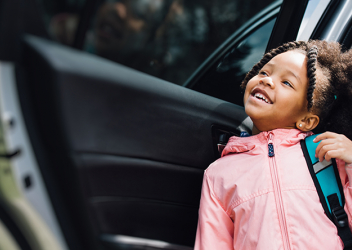Research In Action
Research In Action
Breadcrumb

During my Sociological Studies class introduction to public health research, my professor stated, “Ultimately, it is about bettering people’s lives.” My time as a Research Assistant with the Epidemiology team at the Center for Injury Research and Prevention, led by Dr. Allison Curry, reflected this statement well. The research conducted by this team seeks to address a social process, such as installing a car seat, and asks - how can we make it better? More inclusive? More accessible? This past summer, as a member of the Cellular Car Seat (CCS) study team, I was able to explore these questions firsthand.
The CCS study, conducted in partnership with Minnesota HealthSolutions, explores the efficiency of a Bluetooth-enabled mobile app that aims to improve the accuracy of car seat installation by parents and caregivers. It also aims to improve caregivers’ troubleshooting abilities when the car seat harness seat belt is not tight enough or too tight, as well as when the car seat itself is not secured properly to the vehicle seat.
To test the application, we invited participants who had installed a car seat in the past three years to try the seat in three simulated scenarios and answer survey questions about the simulation. Participants were randomly assigned to either the intervention group who used the app and car seat manual or the control group who were just given the car seat manual. For the app users, if an error was detected in the car seat harness tension or the tension of the car seat to the vehicle seat, a red error box would show up on the app instantaneously. Additionally, the app included installation walkthroughs, FAQs, and even a temperature sensor.
Broadening My Public Health Perspective
Before this training, I had never installed a car seat myself. But for this study, I had to show adults how to do it. It was definitely a daunting task! Moreover, I was a little confused about the impact of the research: Could an app help address broader behavior change?
All study participants were able to view the app at some point during the study (control group participants viewed the app during the final survey). Many parents expressed liking the idea of the app because they wanted more clearly organized and accessible information at their fingertips. To me, this app demonstrated a viable solution to this problem and opened my eyes to the process of addressing systemic issues from a public health research perspective.
Before working for this team, my view of public health research was limited by my understanding of what is considered health. However, over the course of this study, I realized that an app that eases the learning of a life-saving process (such as correctly securing a child to a car seat) contributes to public health by supporting the technological needs of society.
The broad scale change that public health research creates can be found in making car seat education more accessible to more parents. Many parents voiced confusion over when to flip a car seat from front- to rear-facing or how to wash the car seat. And, regardless of whether parent participants felt confident in their own installation abilities, the use of accessible and detailed technology provided the extra hand they may have needed when juggling a crying kid, a car seat, and four juice boxes. This app provided relief and a sense of security to many caregivers navigating the childcare world for the first time, or even for the second, third, or fourth time!
The CCS study taught me that making an impact does not always have to be a grand movement towards a complete upheaval. Sometimes, it can be graduated steps toward revolutionary change. This study, like many others conducted by the CIRP team, demonstrates the true goal of public health and injury prevention research – ultimately to better people’s lives.




